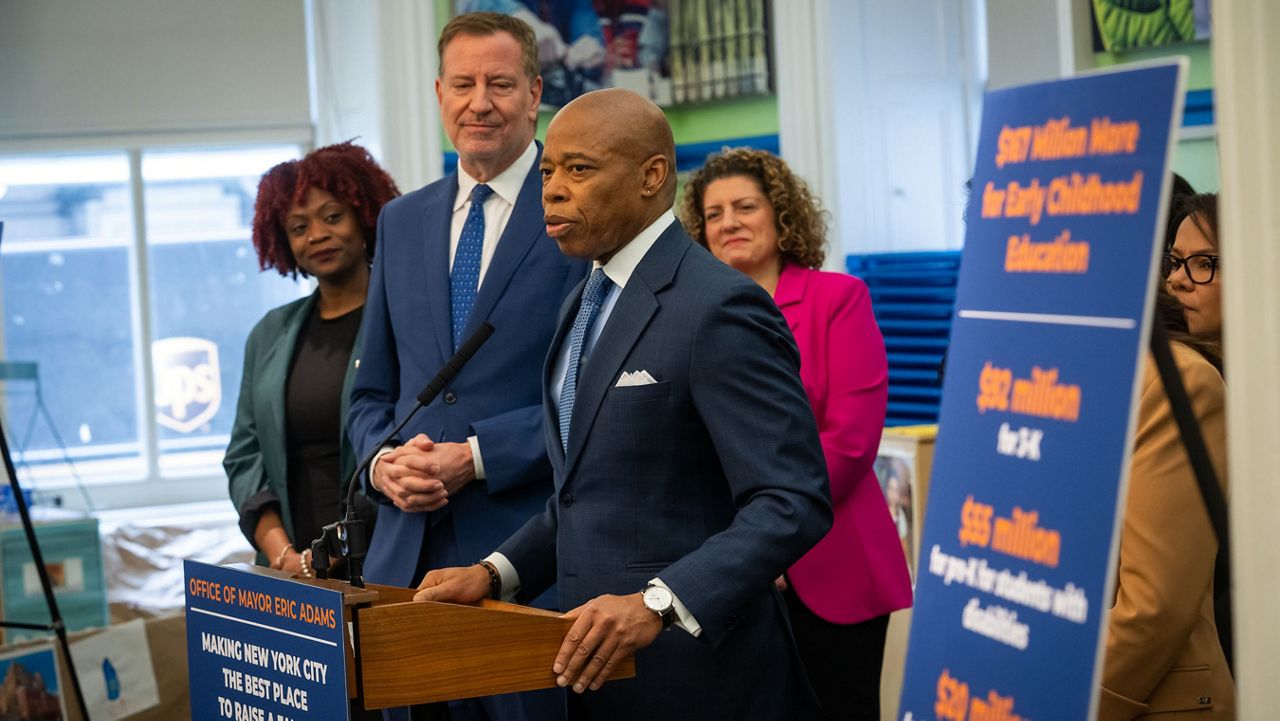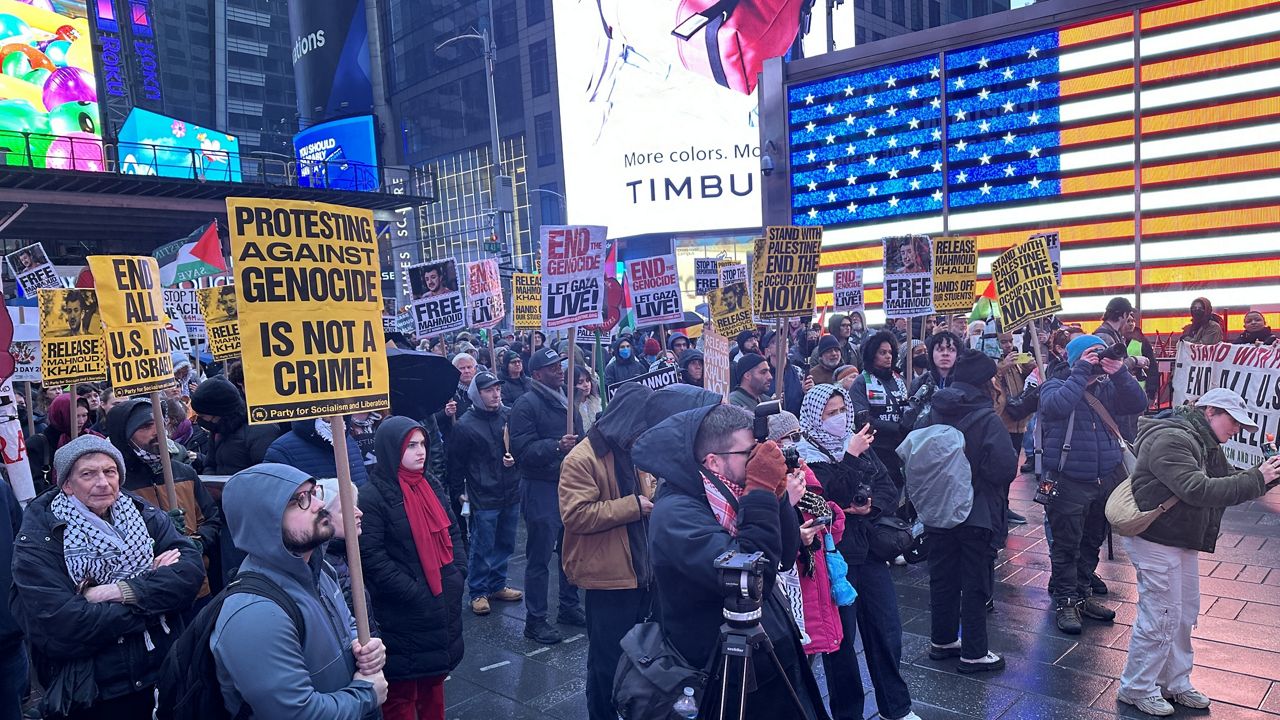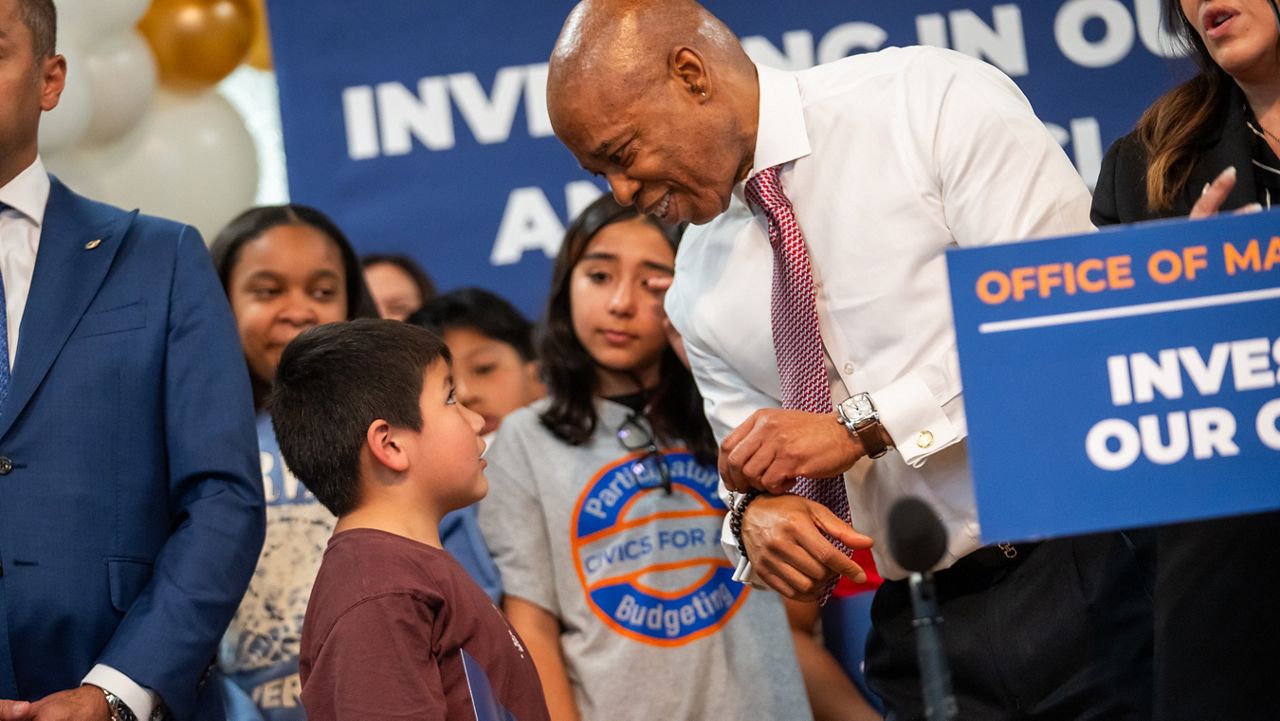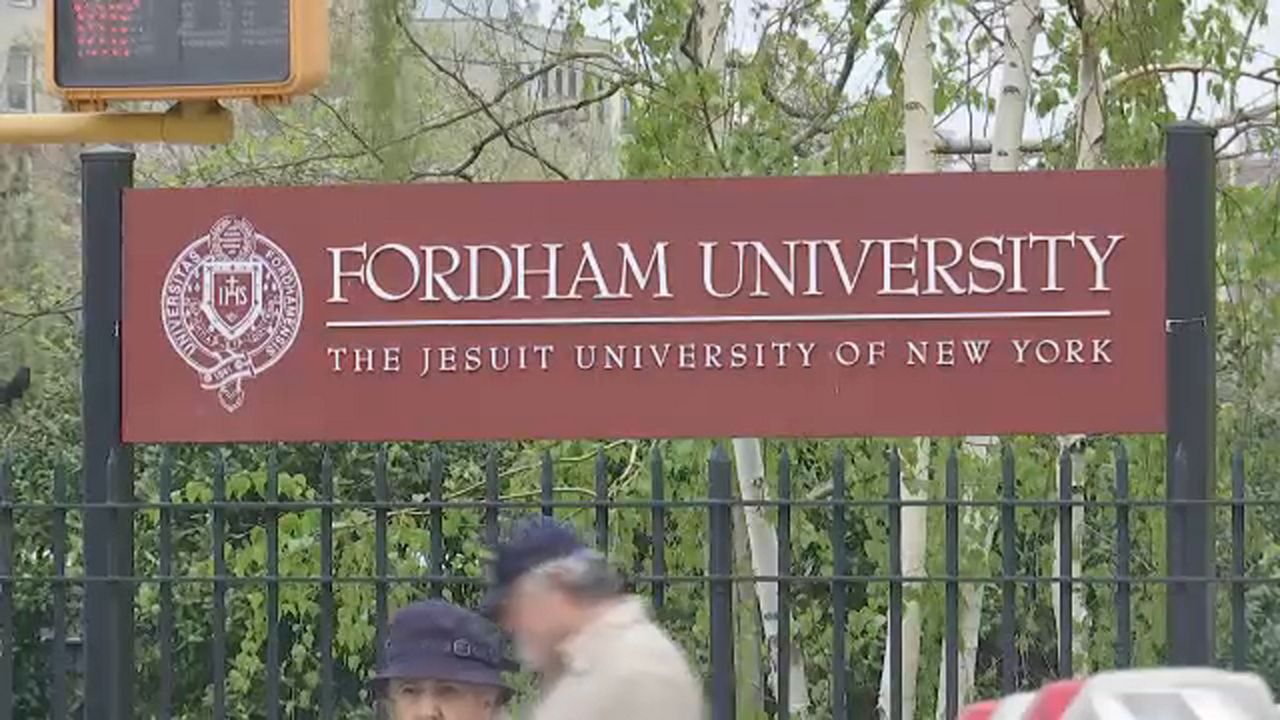It's a startling statistic, but a familiar one: just seven Black students were offered a seat at Stuyvesant High School next year, out of 762 spots.
Last year, the number was 11. The year before, eight.
"I wasn't surprised at all," said David Bloomfield, education professor at Brooklyn College and the CUNY Graduate Center. "This is Groundhog Day. I've been writing about this for years. The demographics don't move because the system is made for a group of students who will be tutored for years before sitting for the test."
Stuyvesant is one of eight specialized high schools in New York City, all of which use a high-stakes exam, the SHSAT, as the only criteria for admission. For years, critics like Bloomfield have argued the test has resulted in the city's top school failing to reflect the system's overall demographics.
Citywide, 24% of students are Black, 41% are Hispanic, 17% are Asian and 15% are white. But among the students being offered seats to the eight specialized high schools, just 3% are Black, 6.7% are Hispanic, 53% are Asian and 27% are white.
"Let's forget about the racial discrimination involved. It is educationally immoral to use a standradized test rank ordered by infinitestimal score differences for admissions to these schools," Bloomfield said.
Pushes to end the use of the exam, required at some of the schools under state law, went nowhere under former Mayor Bill de Blasio, and Mayor Eric Adams has signaled no interested in doing away with it, which is opposed by some Asian Americans who feel targeted by efforts to diversify the school.
The schools garner great attention but admitted about 4,000 students, a tiny fraction of the city's incoming high schoolers.
71,059 students applied to attend a public high school next year, each student tasked with ranking 12 options that could range from a specialized high school to their local zoned school to a school using other admissions criteria, like classroom grades or auditions. Of them, 95% got an offer to at least one school on their list; 75% got an offer to one of their top three; and 48% got their first choice.









